The short answer to this question is yes, scales can be played anywhere on the neck of the guitar. The only thing you have to do is memorize either 1) the distance between each note in semi-tones or tones, or 2) the actual notes of the scale, and then how those notes are played on the instrument.
One of the greatest things about music is the applicability of some of these concepts, notably, scales and chords. Many genres are associated with particular scales, for instance, flamenco and the harmonic minor which I talked about in another article.
It’s really amazing what a player can do just by learning the fundamental tools that allow one to play and understand the instrument.
To illustrate this, we’re going to talk about one scale, primarily, and show it’s played all over the neck in a myriad of ways.
Using the C Major Scale for instance, the C Major Scale can be played a TON of different ways all over the guitar’s neck, whether starting on the 8th fret of the low E string, the third fret of the A string, or on one string starting on the first fret of the B string, all the way up until the C on the 13th fret of the B string.
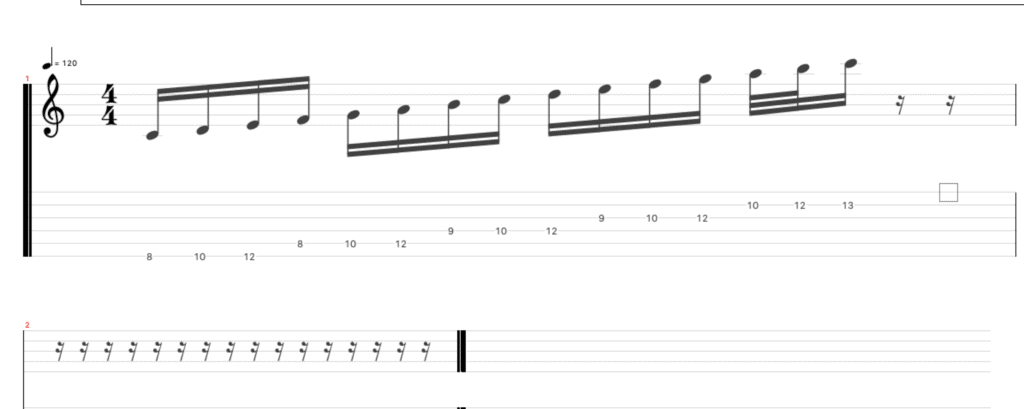
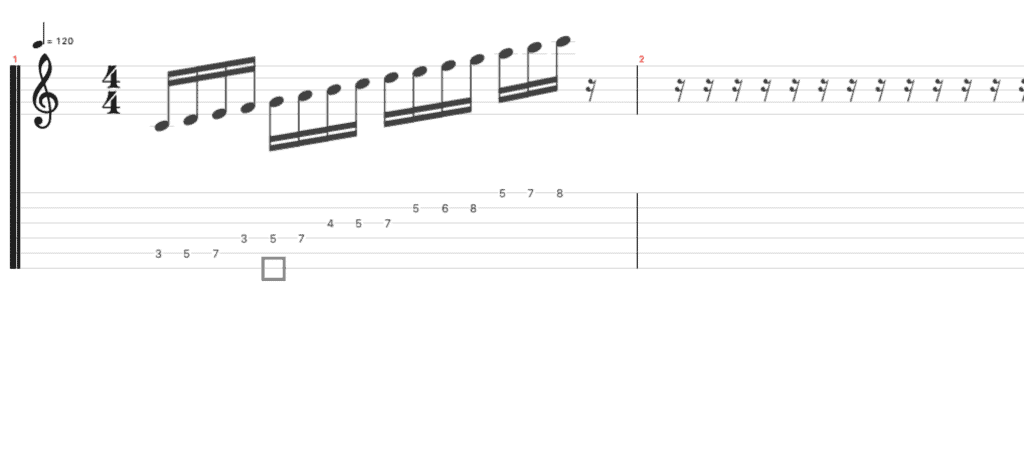
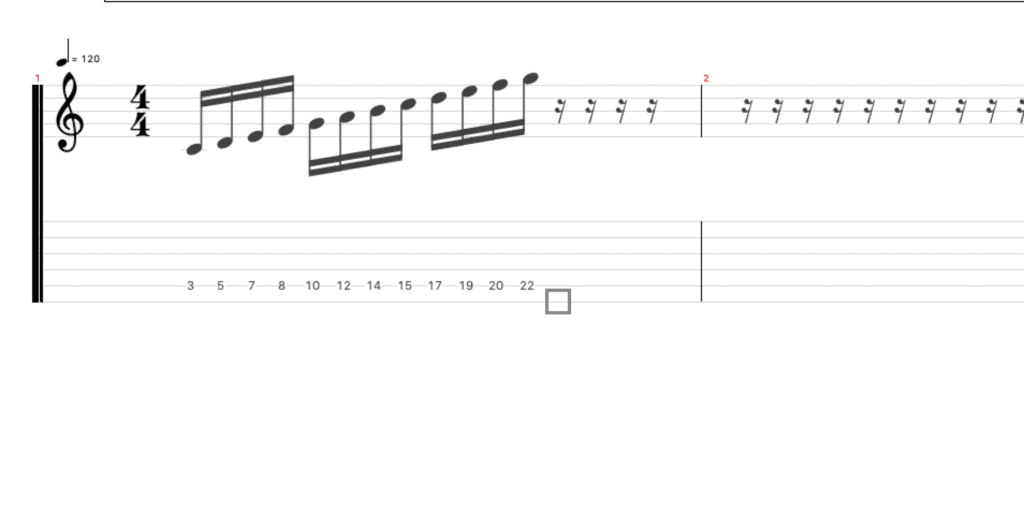
Moreover, you can play the C Major Scale starting on different notes, which some people would call a “Mode,” but really it’s not actually a mode.
For instance, if you play the C Major Scale starting on D and ending on D, it has a slightly different tonality to it.

Not only that but depending on the musical context over which you’re playing, those same notes can sound drastically different, which is the REAL application of modes.
For instance, if someone is playing the second chord of the C Major scale, the D Minor chord, and you’re jamming away on the notes of C Major over the D Minor, it’s going to sound Dorian because that’s what it is.
In this case, the player is still in the key of C, but the tonality is Dorian.
In other words, when people play over chord changes, what they don’t realize is that they’re actually kind of using the modes without even realizing it.
Truthfully, there are a ton of ways that a player can learn the scales and then apply them to the neck, however, I’m going to show you the way that I’ve been practicing each scale, which has ultimately been fruitful to me in a number of ways.
To practice every day, I play every mode of every key signature every single day just as a warm-up.
I typically start on the C Major Scale on the 8th fret of the Low E-string, and then I play each mode of the C Major scale from there.
For instance, I start playing the C Major Scale starting on the 10th fret (D) on the low E string and then play the notes of the C Major scale from there.
Then, I move on from that and play the notes of C Major from the E on the 12th fret of the low E-string, which is the Phrygian mode shape.
I do this with every single key signature, which is the following, C, D, E, F, G, A, B, C#, F#, Bb, Eb, Ad, Db, Gb, Cb.
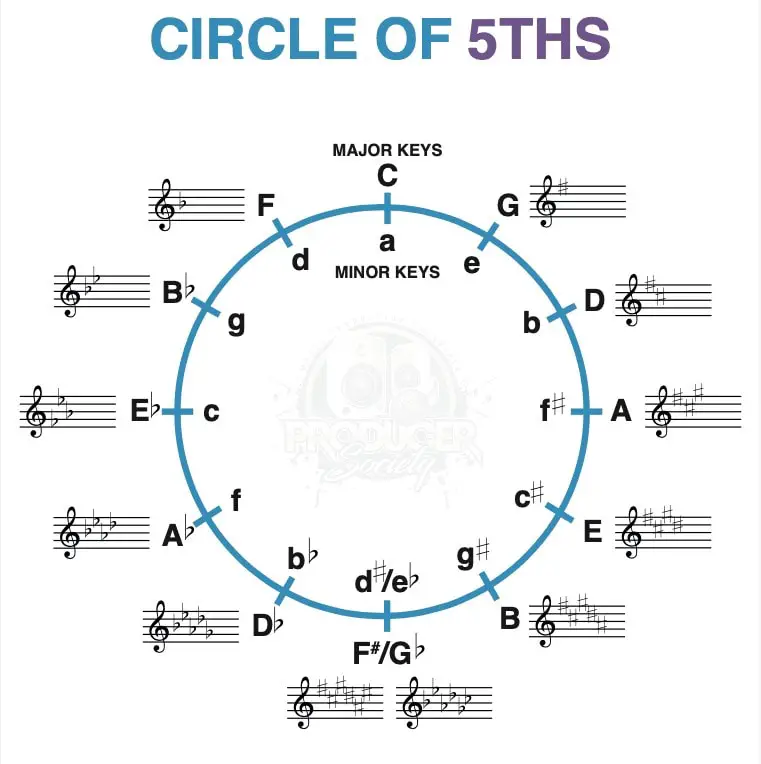
Moreover, by doing this, you end up practicing a few different things without even realizing it, for instance, the relative minor of each major key signature is actually the sixth mode of the Major Scale.
For instance, if you play the notes of the C Major scale starting on the sixth degree of the scale, the A, and then play up to the A, you’re actually playing the Natural Minor scale, also called the Aeolian Mode.
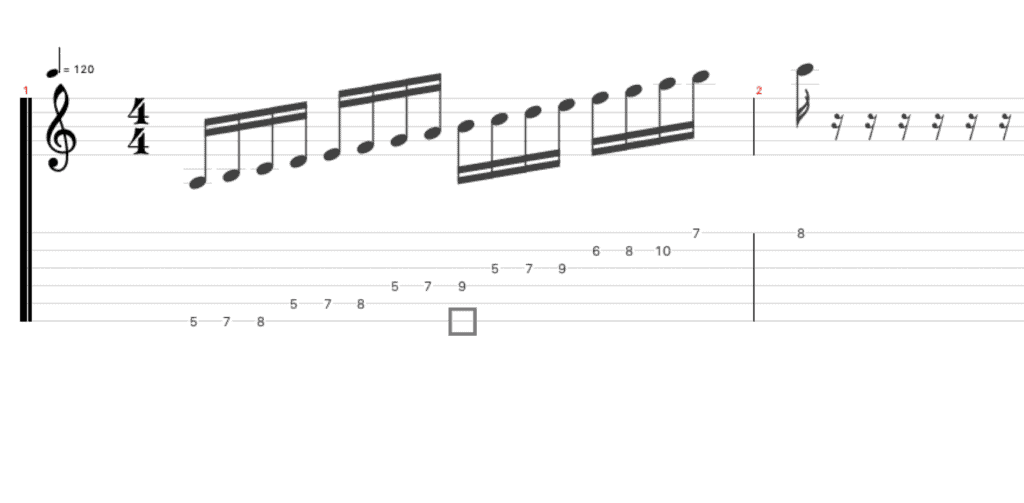
It’s worth noting, however, that you’re not actually utilizing the mode this way, you’re just playing the notes of it. A mode is a musical context in which notes are played, it’s not just a series of notes played in a particular order, contrary to what a lot of people on the internet will tell you.
Playing all of the mode shapes of each major scale, including the sharp key signatures and the flat key signatures, will give you a sense of familiarity with each key signature and what it looks like on the instrument.

Additionally, it has the added benefit of making it extremely easy to figure out the key signature of each song you’re trying to jam along to.
I’ll explain why that is.
Whenever I want to jam over a backing track, whether it’s a rap song or my favourite metal tune, or a song on the radio, all I have to do is find one note that’s on key with the rest of the song, and then the following two notes on each string.
For instance, if I play the 7th fret (B) on the high-E string, and then I play the 5th fret (A) on the high e-string, as well as the 4th fret (G#) on the high e-string, I’m already aware that these three notes together played in this way, look a lot like the way a the Dorian Scale Shape looks on the guitar.

Once I’ve played those three notes, I quickly realize that the next notes that sound good with the backing track are the following: F# (B-string 7th fret), E (5th fret B string), D# (4th fret B string), which are the top six notes of F# Dorian.
And guess what? F# Dorian is just one step removed from the E Major scale.
I know this because the second note of the E Major Scale is F#, which means that the mode is F# Dorian, therefore, I know the song is in the key of E Major.
If any of this is confusing to you, make sure to check out the YouTube video tutorial below to see what I’m talking about.
Once I’ve figured out that the song is in the Key of E Major, I know that I can play the following shapes on the guitar and it’ll all sound pretty good, with some exceptions:
E Major Scale
F# Dorian Shape
G# Phyrgian Shape
A Lydian Shape
B Mixolydian Shape
C# Aeolian (Natural Minor) Shape
D# Locrian shape
Moreover, with the added benefit of knowing the arpeggios of each scale degree of the Major Scale, you have the ability to improvise even further in a number of ways.
For instance, here are the scale degrees of the E Major Scale (which applies to all of the other Major Scales as well):
I – Major
ii – Minor
iii – Minor
IV – Major
V – Major (Dom 7th)
vi – Minor
viiø – Half-Diminished
In other words, all you have to do is know how to play the movable Major Arpeggio, the movable Minor arpeggio, the Dominant 7th movable Arpeggio, as well as the Half-Diminished movable arpeggio, and you now have at your disposal a ton of different options for improvising.
It’s really quite amazing.
Another thing is that you can actually memorize additional arpeggios which kind of goes along with the tonality of each mode/scale degree.
In other words, for E Major (I), you can play the regular E Major Arpeggio.
For ii, also known as Dorian, you can play the F#min7 Arpeggio
For iii, you can play the G#min9 (this isn’t actually a Phrygian-sounding arpeggio, but it’s cool to play anyway).
for A Major, you can play the A Maj7 Arpeggio, which kind of sounds like the Lydian mode.
For B, you can play the B7 arpeggio.
For C# you can play either the C# Minor Pentatonic or the C# Minor arpeggio.
And then finally, for the 7th degree, which is D#, you can play the D#m7b5 arpeggio, which is the half-diminished arpeggio. Or, you can play a D#7b5 arpeggio or a Dmin7 arpeggio.


 Written By :
Written By :
